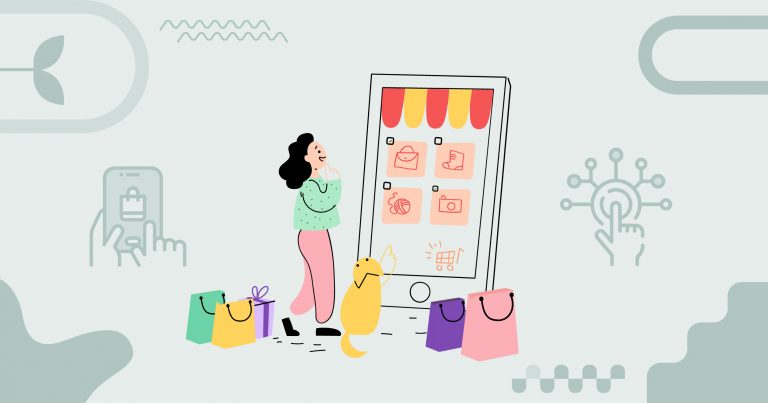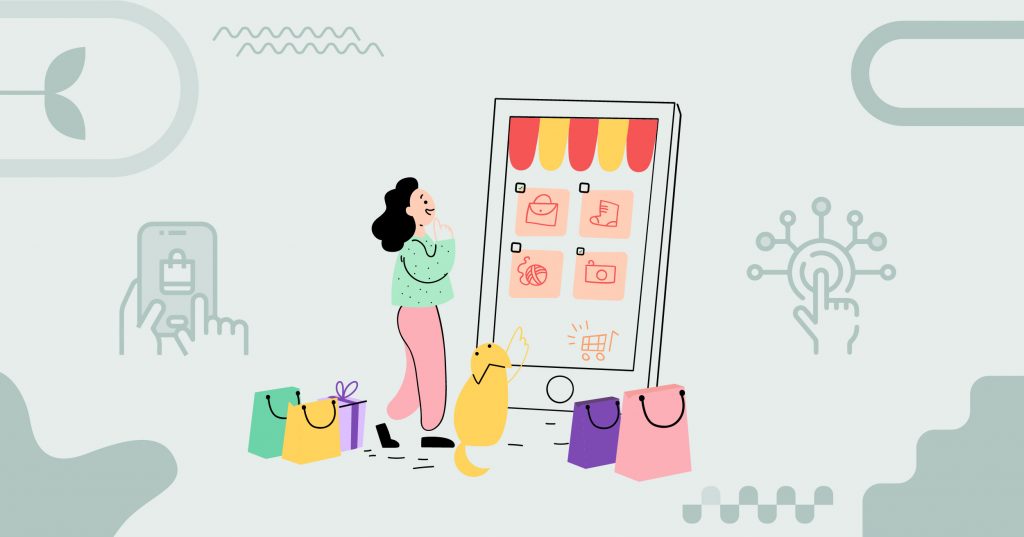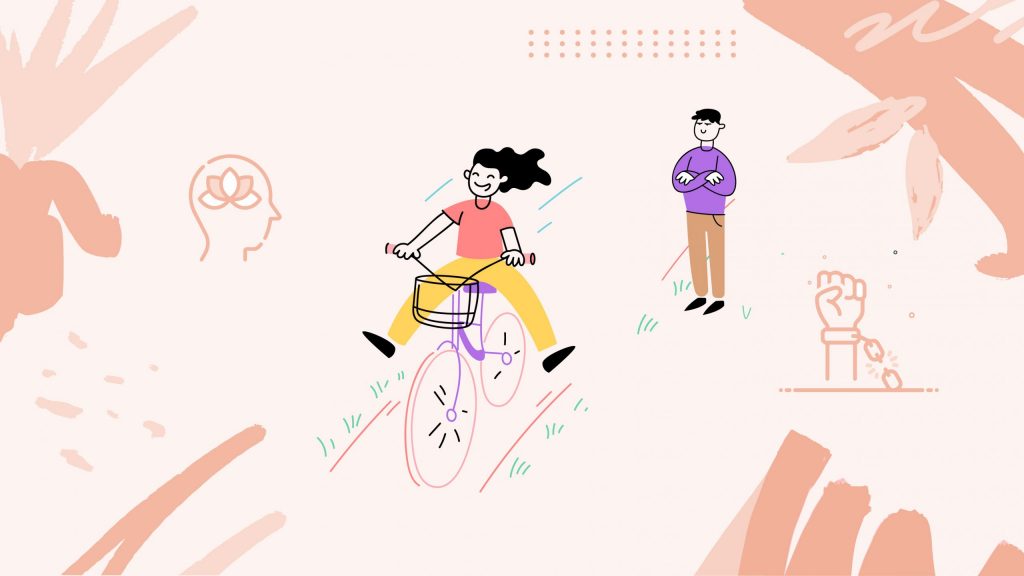Changing Consumer Preferences
Gone are the days when you had to hop from one store to another to check items off your shopping list. Now, every potential purchase is just a click away, tucked neatly into the limitless virtual shelves of the online marketplace.
This isn’t just a small shift; it’s a complete overhaul of our shopping habits. We’ve moved from physical carts to digital ones, filling them up any time the mood strikes—whether it’s a midnight binge-shopping session or a quick lunch break splurge. And why not? The options are endless, the deals often too good to pass up, and the gratification is almost instant.
But here’s the kicker: with great convenience comes great temptation. The ease and allure of online shopping make it tantalizingly easy to slide into overconsumption. It’s a bit like being a kid in a candy store, except this store is open 24/7 and you can reach it from your couch. This modern marketplace challenges us to balance the thrill of the new with the wisdom of restraint, making it a battleground for our self-control and environmental conscience.
Understanding Online Shopper Behavior
Diving into the digital shopping spree, it’s fascinating to see how it meshes with our brain’s wiring. Each time we click ‘buy,’ our brain gets a little zing of dopamine—that feel-good chemical that lights up our reward circuits, much like a gamer leveling up or a gambler hitting a small jackpot. This isn’t just shopping; it’s an experience that’s wired to make us feel good, transforming what could be a mundane transaction into a thrilling chase for the next great find.
But wait, there’s more to this story. Enter the world of targeted advertising. With the help of algorithms that know your browsing quirks better than you might know them yourself, these ads pop up with uncanny accuracy, showcasing that pair of shoes you glanced at once or that gadget you added to your cart but never bought. It’s like having a personal shopper who knows exactly what tempts you, turning your online journey into a tailored expedition designed to make you crave and cave.
These ads don’t just catch your eye; they’re crafted to make your next click irresistible. By continually presenting you with personalized temptations, these cleverly designed prompts work to break down your shopping defenses, making the act of purchasing feel less like a decision and more like an inevitable conclusion. In this digital arena, resisting the buy button can sometimes feel like swimming against a very persuasive current.
Subscribe to newsletter
Get your Gut Health Starter Guide right now.
Elevate your Tuesdays with practical, science-backed wisdom propelling you forward on your gut health journey.

Breaking Free from the Impact of Online Shopping
Breaking free from the digital consumption vortex requires intentional actions and strategies:
- Digital Detox: Schedule regular intervals where you disconnect from digital devices. This helps reduce exposure to targeted ads and the temptation to browse online stores.
- Conscious Spending: Implement a waiting period rule for all non-essential purchases. For example, wait 48 hours before buying anything over a certain amount. This cooling-off period can help diminish impulsive buying driven by fleeting dopamine boosts.
- Budget Caps: Use apps or bank settings to set spending limits for online shopping. Having a pre-set limit can keep your digital spending in check and help you prioritize essential over impulsive buys.
- Value Alignment: Reflect on how each purchase aligns with your long-term goals and values. Are you buying something because it genuinely adds value to your life, or simply because it’s on sale or popular on social media?
A Journey from Clicks to Contentment
Jenna, a 29-year-old graphic designer, who found herself swept up in the relentless tide of digital consumerism. “Every time I went online, I was hit with ads for things that seemed essential. Before I knew it, my apartment was overflowing with stuff I hardly used, my credit card bills were mounting, and yet, I wasn’t any happier,” Jenna reflects.
In a bid to reclaim her space and sanity, Jenna started implementing digital detoxes. She consciously reduced her time on e-commerce sites and imposed strict budget limits on her spending. “It was tough at first, resisting the constant lure of sales and new products, but it became easier,” she admits.
Jenna also launched a blog to chronicle her quest for mindful consumption. This not only helped her stay committed but also resonated with others drowning in similar digital dilemmas. Sharing her struggles and victories, Jenna fostered a community of like-minded individuals striving for more intentional living.
The pivot point for Jenna came when she began aligning her purchases with her core values. “I’ve always prized creativity and sustainability,” Jenna explains. “So, I shifted my focus from accumulating more to choosing better—opting for quality over quantity and supporting brands committed to environmental stewardship.”
This change had a ripple effect on her life. Jenna noticed a tangible reduction in her stress levels and a newfound appreciation for her purchases. “It wasn’t just about spending less; it was about spending right and feeling good about where my money was going,” she shares.


















